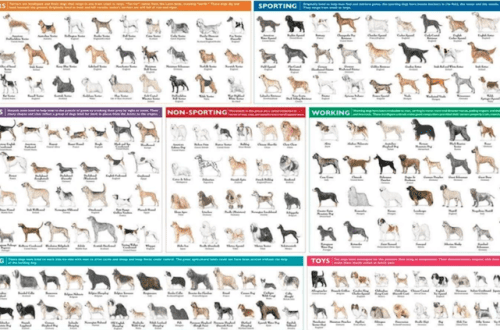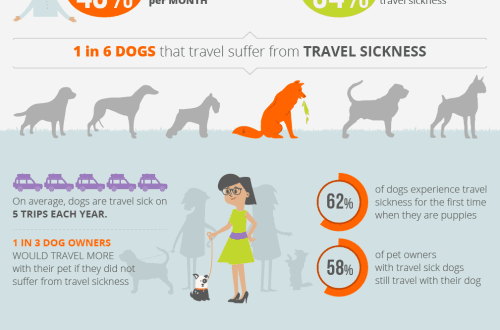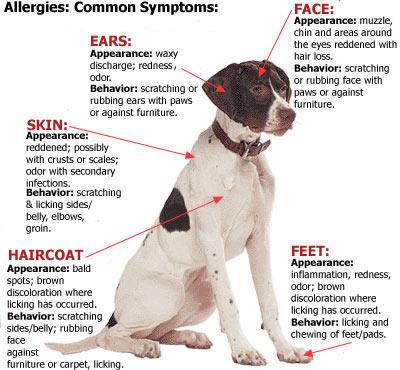
Food Allergies in Dogs: Symptoms and Treatment
Many dog food manufacturers claim that their products are suitable for dogs with food allergies, but how true are these claims? How common are food allergies in dogs? And is hypoallergenic dog food right for your dog? In this article, you will learn the truth about food allergies in dogs and what hypoallergenic food is.
Contents
Dog Food Cause Allergies?
If a dog develops skin problems, the owners quickly decide that the reason lies in the pet’s diet. However, the Cummings Veterinarians Center at Tufts University claims that food allergies in dogs are actually not very common. Most often, allergies in pets are related to the environment: allergens include fleas, dust mites, grass, pollen, and others. If your puppy’s allergy symptoms go away in the winter or show up during the peak of flea season, it’s likely that the cause of his allergy is in the environment. Food allergies can cause skin and ear problems similar to those caused by allergies to environmental irritants. Therefore, before suspecting a food allergy, your veterinarian should definitely rule out other
 Food allergy or food intolerance?
Food allergy or food intolerance?
It is important to distinguish between food allergies and food intolerances. If your pet has an intolerance to a certain type of food, such as one containing lactose, it means that their body lacks an enzyme necessary for proper digestion of such food. As a result, gastrointestinal problems such as vomiting or diarrhea may occur. An allergy is an immune reaction of the body. When a dog’s body comes into contact with an allergen, its immune system attacks it with a vengeance, resulting in skin problems, itching, or hair loss. If the dog is suffering from a food intolerance rather than a food allergy, then a hypoallergenic dog food is unlikely to help. We recommend that you consult with your veterinarian to address your pet’s problem on an individual basis.
What causes food allergies?
Taft University claims that a food allergy occurs when an animal’s immune system mistakenly recognizes a protein from a food as the aggressor rather than the food, and elicits an immune response. The end result of this reaction may be itching of the skin or ears and skin infections in some animals, and vomiting or diarrhea in others. If the ingestion of a certain protein causes an immune reaction, with each new ingestion of this protein, this reaction becomes stronger. This means that the manifestations of allergies will increase every time the pet receives food containing this protein.
Common allergens in dog food
According to researchers at Tufts University, the most common foods that cause an allergic reaction in dogs are animal proteins, which include chicken, beef, dairy and eggs. Lamb, pork and fish can also cause an allergic reaction, but much less frequently. Allergies to wheat and corn are much rarer than you might think (although some dogs are allergic to these foods). Allergies to other grains, such as oats or rice, are very rare.
How to recognize food allergies in dogs
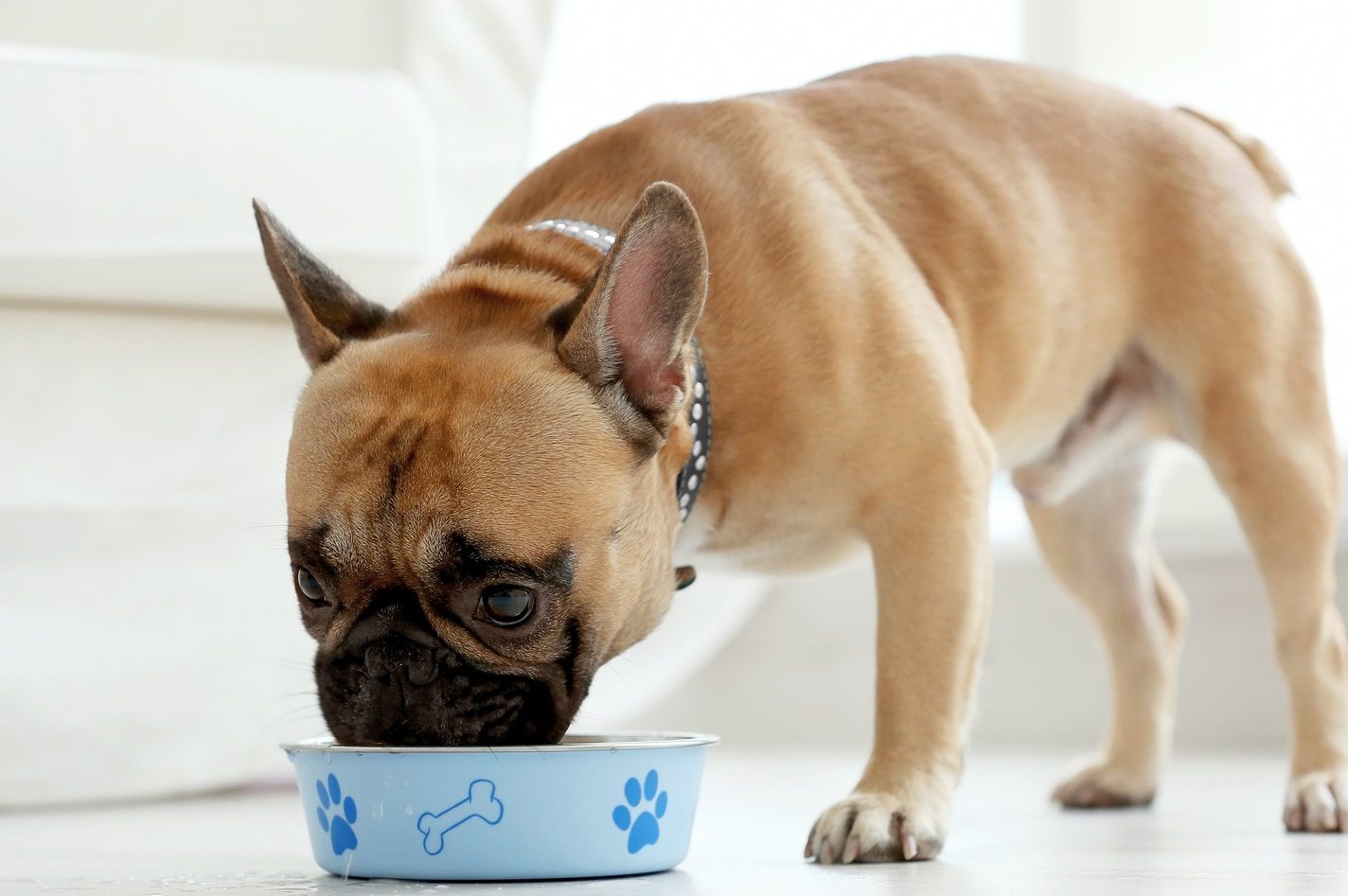 Unfortunately, there are no reliable ways to detect allergies in dogs. The only way to determine which foods your dog is allergic to is by elimination. To check the reaction of the organism, the veterinarian, as a rule, prescribes a special food with a limited number of ingredients. It includes meats and carbohydrates that are not in your dog’s normal diet. If symptoms do not appear with this special diet, after some time the veterinarian will advise that the dog be transferred to the previous regimen in order to check if the allergy symptoms will appear again. If they appear, then your dog has a food allergy.
Unfortunately, there are no reliable ways to detect allergies in dogs. The only way to determine which foods your dog is allergic to is by elimination. To check the reaction of the organism, the veterinarian, as a rule, prescribes a special food with a limited number of ingredients. It includes meats and carbohydrates that are not in your dog’s normal diet. If symptoms do not appear with this special diet, after some time the veterinarian will advise that the dog be transferred to the previous regimen in order to check if the allergy symptoms will appear again. If they appear, then your dog has a food allergy.
The next step is to figure out what exactly. To do this, you need to switch back to food with a limited number of ingredients. Once the allergy symptoms subside, your veterinarian will recommend feeding your dog food from the previous diet one at a time and monitoring the results to see what is causing the allergic reaction.
This method of exclusion only works if the owner strictly follows the recommendations of the veterinarian. Most often, such tests for the determination of allergens fail precisely because of dietary violations, namely, due to the fact that the dog is given food not prescribed by a veterinarian, including treats, leftovers from his lunch or dinner, various dog food and etc. During the test, the dog should not eat even one of the above, otherwise the results will be inaccurate. In comparison, a person who is allergic to nuts cannot afford to eat peanuts, not even one. The same is true for the dog. In order to accurately determine the cause of a food allergy (if any), the dog’s nutrition must be approached with all rigor not only by the owner, but also by all members of his family. Of course, it is difficult to resist when a puppy asks for a treat and looks at you with big sad eyes, but this is necessary to identify allergies. These exclusion tests last about 12 weeks, after which the veterinarian checks to see if any of the previous signs of allergy have appeared.
Self diagnosis
If you think your dog has a food allergy or an allergy to environmental irritants, it is important to consult with your veterinarian. Self-diagnosis can be ineffective, and in some cases even dangerous. Both types of allergies, food and environmental allergies, have similar symptoms, so it is difficult to determine what your pet is suffering from without proper examination. Unlike tests for humans, allergy tests in dogs are far less reliable, so your veterinarian will likely give you clear instructions on what to do and how to monitor your dog’s condition to determine the specific cause of their health problems.
You may want to develop a limited food diet yourself, but this is not recommended for several reasons. First, there is a difference between intolerance and allergy. Without an appropriate examination, it is difficult to determine the specific cause. Secondly, even in a diet with a limited amount of food, allergens can be present. For example, you suspect that your dog is allergic to chicken, so switch him to lamb or venison. The dog may get better, but there is still a chance that chicken, i.e., an allergen, will get into the lamb food, because chicken and lamb foods are made on the same equipment in many factories. As mentioned earlier, any ingestion of an allergen into the body, even in small quantities, can affect the condition of the animal as a whole. That’s why it’s best to follow the strict instructions of your veterinarian.
Hypoallergenic dog food
If your dog has been diagnosed with a food allergy, your veterinarian may recommend hypoallergenic foods and treats. In the production of these types of products, special precautions are taken to avoid cross-contamination with allergens. Hypoallergenic dog foods can also be hydrolysed. This means that the proteins in them are broken down at the molecular level and become too small for the dog’s body to recognize them as allergens. These foods are often prescription, so you should discuss their use with your veterinarian.
Some over-the-counter foods are claimed to be suitable for dogs with allergies. They may contain additives to help control environmental allergies, but they are not suitable for treating food allergies. In the case of foods containing a limited number of ingredients, no one can guarantee that the dog will not become allergic to them in the future. These foods are also less strictly controlled than prescription foods and may therefore contain substances that cause allergic reactions. You should be wary of manufacturer claims that over-the-counter, grain-free foods are hypoallergenic. Remember that food allergies are most often caused by animal proteins, not grains.
Food allergies in dogs are complex. Fortunately, this type of allergy is the least common in dogs. If your pet is showing allergy symptoms, please consult your veterinarian before making any dietary changes. Even if your dog does have a food allergy, changing the diet without the help of a veterinarian can make it difficult to diagnose.



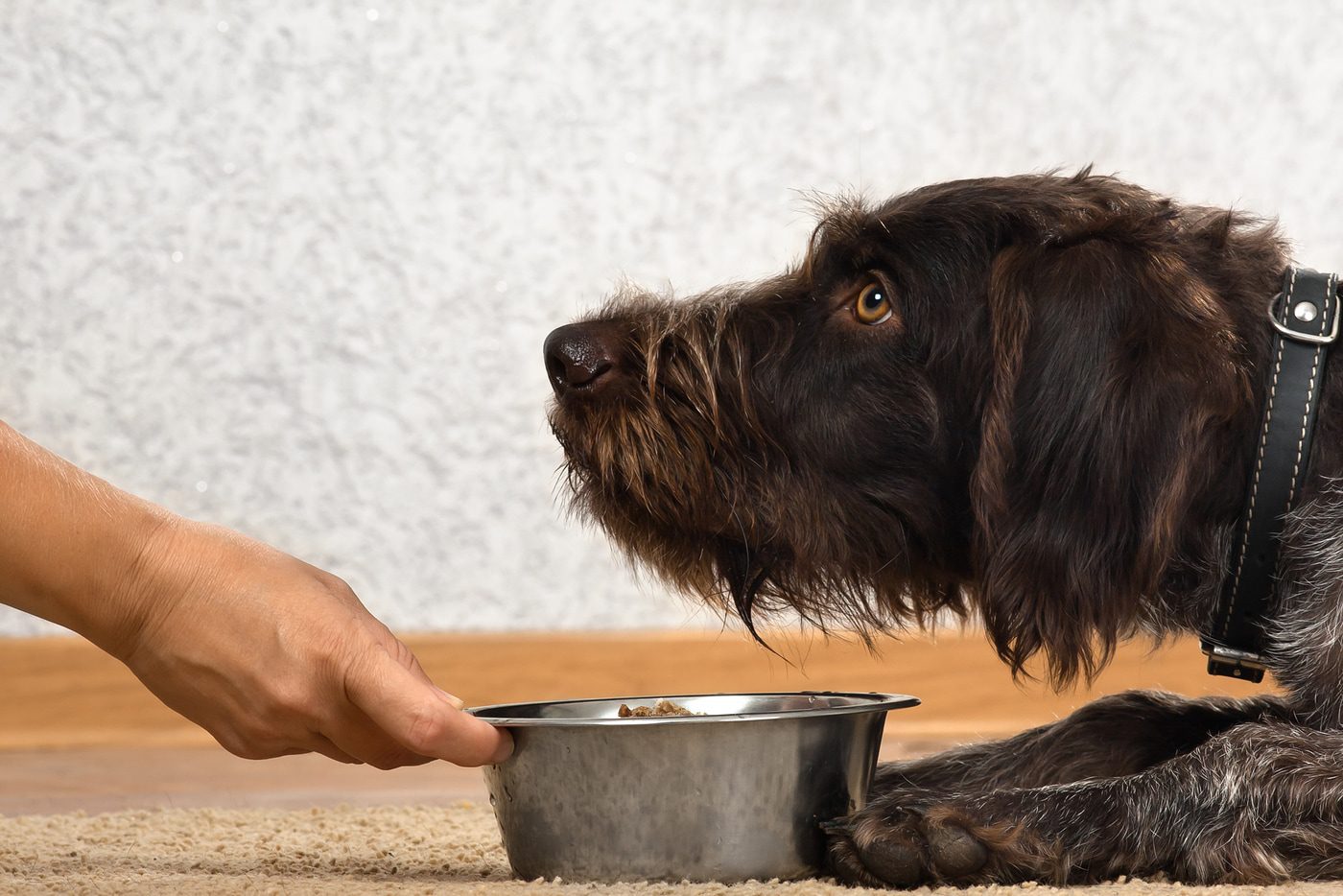 Food allergy or food intolerance?
Food allergy or food intolerance?